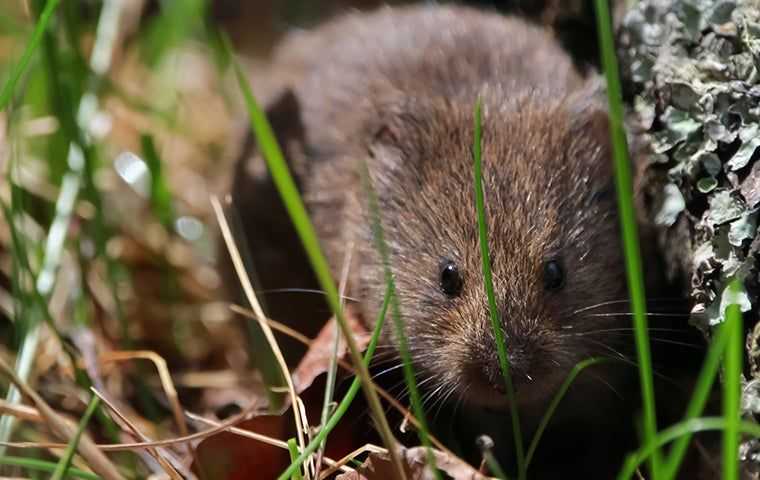Relied On Vole Control in Utah: Solutions for Your Property
Relied On Vole Control in Utah: Solutions for Your Property
Blog Article
Comprehensive Overview to Efficient Vole Bug Control: Invasion Recognition and Treatment Techniques
In the realm of effective insect control, vole infestations posture an unique challenge that requires a critical approach. By discovering the subtleties of vole behavior, understanding key signs of problem, and evaluating a range of control choices, one can establish a thorough technique to battle these elusive bugs.
Understanding Vole Behavior
Vole habits is characterized by their burrowing behaviors and fast reproduction prices, making them a tough bug to regulate effectively. Their quick reproductive price additional complicates control efforts, with women qualified of generating multiple trashes in a solitary year, each including a number of children.
Voles are most energetic throughout the early morning and night hours, investing the majority of their time foraging for food. Their delving practices not just disrupt gardens and yards but likewise make them testing to remove and spot. Understanding vole habits is vital for efficient bug control strategies. By recognizing their burrow locations, keeping track of feeding locations, and implementing targeted control techniques, such as capturing or environment modification, vole invasions can be taken care of efficiently.
Indicators of Vole Invasion

Avoidance Techniques
Carrying out efficient avoidance techniques is important in decreasing vole invasions and protecting greenery from their destructive feeding habits. To prevent vole infestations, it is essential to begin by getting rid of prospective food sources and sanctuary.
Consistently checking the residential or commercial property for indicators of vole activity, such as paths and tunnel openings, is crucial for very early discovery and timely activity. If vole activity is thought, think about making use of repellents or traps purposefully put near their paths.
Non-Lethal Control Techniques
To effectively take care of vole populaces while focusing on gentle techniques, non-lethal control approaches use practical solutions for reducing vole damages in landscapes and yards. These obstacles can be buried at least 12 inches curved and deep at a 90-degree angle to avoid voles from burrowing below.

Lethal Control Options
One reliable method for addressing vole invasions in landscapes and gardens involves the calculated use of dangerous control options. When encountered with a severe vole problem that non-lethal techniques have failed to have, carrying out lethal control actions ends up being essential. Overall, when using deadly control options, it is necessary to do so properly and in conformity with regional regulations to properly handle vole problems.
Conclusion
Finally, effective vole bug control needs a comprehensive understanding of vole actions, identification of indicators of infestation, execution of avoidance strategies, and utilization of both dangerous and non-lethal control methods. By incorporating these methods, individuals can properly manage vole populaces and secure their building from damages. It is necessary to attend to vole infestations immediately to stop more problems and decrease the influence on the surrounding environment.
Provided the intricate passage systems and rapid recreation prices particular of voles, recognizing the indications of vole invasion becomes essential in efficient bug control. One of the key indications of vole presence is the presence of surface runways or tracks in yard or snow, usually regarding 1-2 inches large, developed as voles take a trip in between their burrows and food resources.To effectively manage vole populations while prioritizing humane techniques, non-lethal control techniques provide practical services for minimizing vole damages in landscapes and gardens.One efficient technique for resolving vole problems in landscapes and yards includes the tactical use of lethal control options. vole control utah.In verdict, reliable vole parasite control calls for a thorough understanding of vole actions, recognition of indicators of invasion, execution of avoidance strategies, and application of both non-lethal and lethal control approaches
Report this page